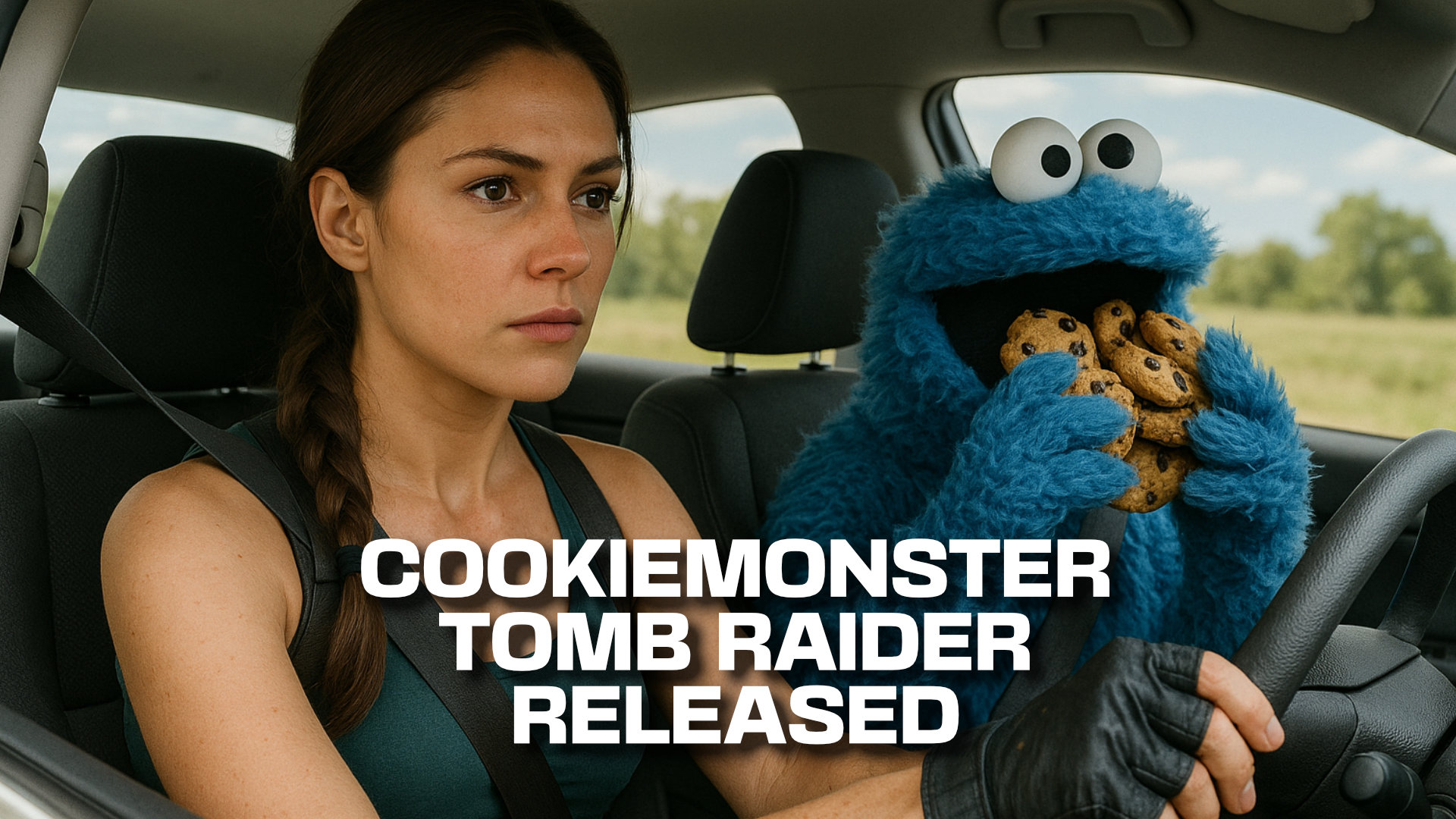Over the July 4th weekend, a new driving model quietly entered the mix for Openpilot users: Cookiemonster Tomb Raider (CTR). Now selectable through the model switcher (available on forks like Sunnypilot’s master-new), CTR offers a fresh take on lateral behavior—one that smooths out some of the sharp edges of previous Tomb Raider variants.
While it’s still early, feedback is rolling in from drivers across a range of vehicles, and one thing is clear: CTR is doing things differently, for better and worse.
What Sets CTR Apart?
CTR is built on the foundation of the Tomb Raider lineage but diverges in its steering philosophy. Where TR14 has built a reputation for quick, fine-grained steering adjustments that keep the car tightly centered in the lane, CTR opts for broader, slower corrections. The result? A model that feels more natural to some drivers and less robotic—especially on winding back roads or long highway stretches.
That said, this change in steering behavior isn’t universally appreciated. On vehicles with lower steering torque, like many Toyotas, CTR can feel hesitant. The model appears to prefer larger, more abrupt steering inputs, which sometimes fail to execute properly on these cars. This leads to what feels like indecisiveness in turns or lane changes, especially at lower speeds.
Where It Shines—and Where It Doesn’t
CTR performs well in many common driving conditions. On curvy roads, rural highways, and residential streets, testers have noted confident cornering and improved comfort. Some even say it rivals the best of the Tomb Raider models when it comes to stability through sweeping curves.
But it’s not without quirks. A consistent left-lane bias has been reported by multiple users, particularly noticeable on narrower roads or during straight-line travel. While CTR often re-centers well after completing a turn, this inward drift can feel unnerving—especially in tight spaces.
Compared directly to TR14, CTR feels like a side-step. It’s less locked-in, less aggressive, and aims for a smoother ride. That trade-off will appeal to some drivers more than others. If TR14 felt twitchy or overactive in your vehicle, CTR may be the better fit. If you prefer crisp, immediate corrections and tight lane discipline, TR14 still holds the edge.
Delay Tuning, NNLC, and the Ongoing Puzzle
CTR has also sparked fresh conversations about steering delay tuning and Neural Network Latency Compensation (NNLC). Many testers found that CTR is sensitive to delay settings—more so than previous TR models. Adjusting the software delay slightly above the lateral delay appears to smooth out some of CTR’s steering behavior, particularly when NNLC is enabled.
This suggests CTR may be a useful platform for experimenting with delay tuning. A model that feels “off” at one delay value may feel significantly better with just a 0.02s bump. The results are vehicle-dependent, and early testing indicates that different platforms (Toyota, Hyundai/Kia, Genesis, VW) may each have their own sweet spot.
The community is still mapping this out, but the message is clear: CTR opens new tuning opportunities—especially for those willing to dig into delay configs and observe how steering response changes in real-world conditions.
What About Longitudinal Control?
Though CTR is primarily a lateral model, some users running it in Experimental longitudinal mode have noticed odd behaviors. These include inconsistent speed holding (e.g., hovering at 48–52 mph on highways), hesitant acceleration, and jerky transitions when toggling between Experimental and ACC (Adaptive Cruise Control). This seems to vary by vehicle and configuration.
It’s unclear whether these issues are directly related to CTR or a result of broader interactions with Openpilot’s control stack. Either way, longitudinal tuning remains a moving target across the platform—and one that’s getting more attention as more users adopt Experimental driving modes.
The Verdict So Far
The Cookiemonster Tomb Raider model is an interesting evolution in Openpilot’s driving behavior. It’s not a drop-in replacement for TR14, but it’s also not trying to be. CTR is an attempt to solve for comfort, smoothness, and a more natural feel—especially on roads where fine-tuned lane control can sometimes feel overly mechanical.
For some users, CTR is already a new favorite. For others, it’s a step back—too hesitant, too floaty, or too biased left. But it’s also clear that CTR is a valuable testbed for exploring how Openpilot models interact with delay settings, torque constraints, and vehicle-specific quirks.
The good news? You don’t have to choose blindly. Thanks to the model selector, you can try CTR on your own vehicle today and compare it directly to TR14 or earlier variants.
Want to Learn More?
Join the active discussion in the Driving Model Discussion channel on the Sunnypilot Discord. Testers and devs alike are sharing logs, theories, and tuning tips daily. If you’re running CTR, your feedback could help shape the next iteration of Tomb Raider—and push Openpilot’s capabilities even further.


